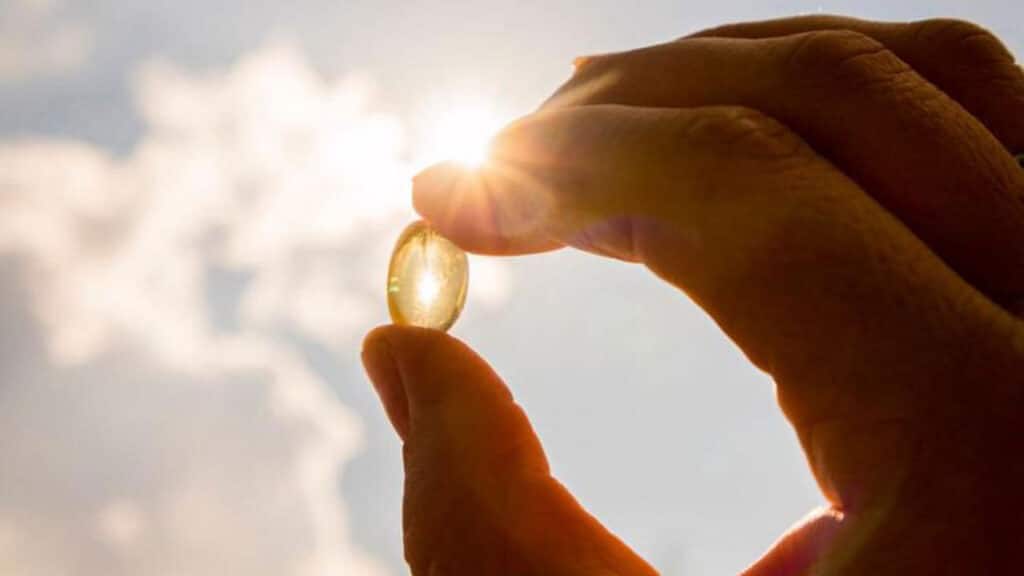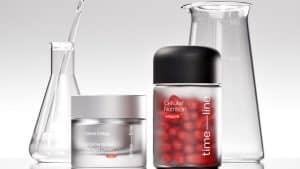We get most of the vitamins we need from our diet. They’re one of the reasons that eating lots of fruit and vegetables is so important. The big exception is vitamin D. Our primary source of vitamin D is sunlight. So how exactly does that work?
Vitamin D affects how our body absorbs minerals like calcium, phosphate and magnesium. You probably know we need calcium for healthy teeth and bones. This means vitamin D has a big impact on bone strength. A lack of vitamin D can lead to children developing rickets or adults developing osteomalacia.
Rickets can stop children’s bones from growing properly. They become soft and painful and may become deformed. Osteomalacia is a similar condition in adults. It used to be common, but governments started to fortify dietary staples like cereal and butter with vitamin D to make up for the fact that some people just weren’t getting enough from other sources.
That’s because the main way humans take in vitamin D is by absorbing it directly from sunlight on bare skin. If you spend a lot of time indoors or you live in a place with lots of cloudy weather, you may not get enough exposure. People with darker skin find it harder to absorb enough sunlight, while certain medications or being born premature can also increase the risk of vitamin D deficiency.
There are some foods that naturally have a lot of vitamin D – most notably oily fish like mackerel and sardines, as well as eggs and some red meat. Still, sunlight is the best source, and you can’t always be in the sun.
It’s not just because of weather or an office job that we don’t expose ourselves to enough sunlight. Spending too much time in direct sun causes its own problems. Sunburn can be painful in its own right, but it’s also one of the biggest risk factors for developing skin cancer. That means there’s a delicate balancing act to perform. You definitely can’t forego sunscreen.
Some people may be recommended vitamin D supplements to make up for the lack of vitamin D in their daily lives. This could include particularly high-risk individuals like the very young, people with disabilities that limit their access to the outdoors, or people who need to cover their skin, but anyone with a shortage of vitamin D may benefit.




